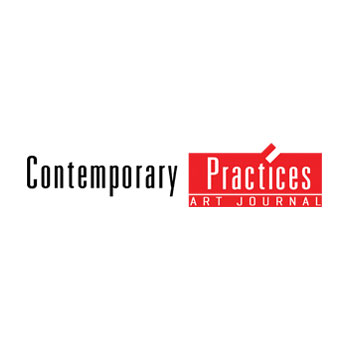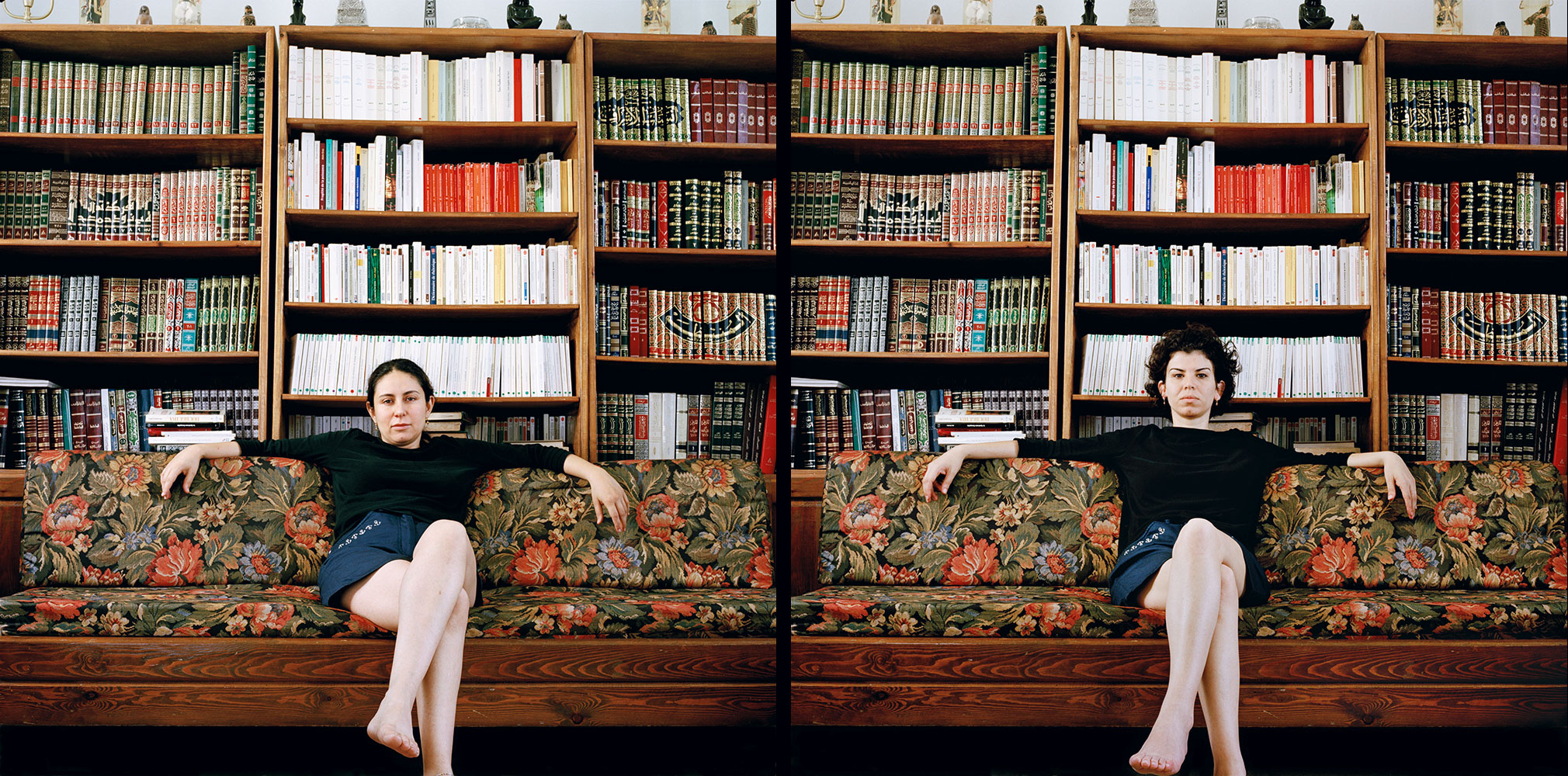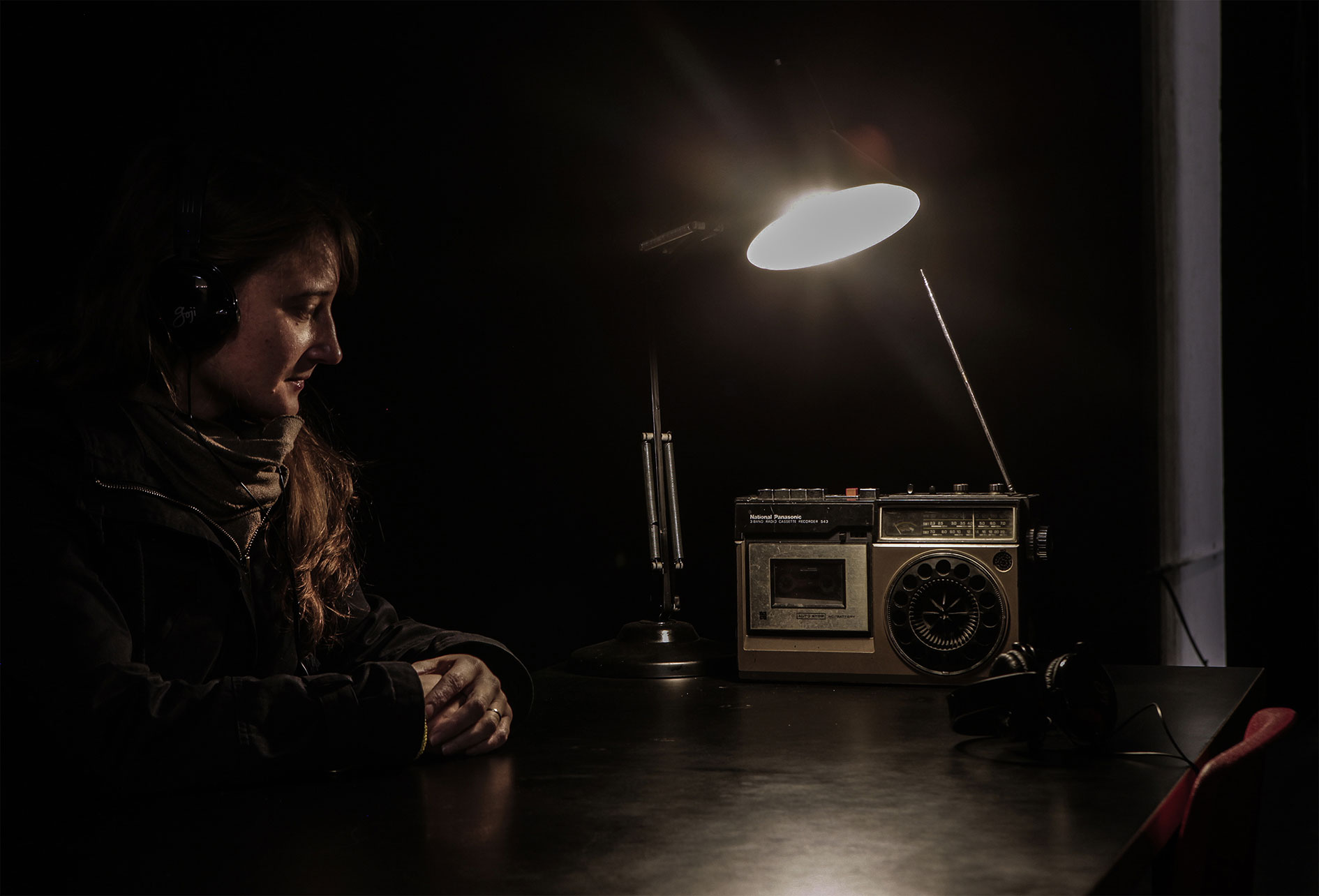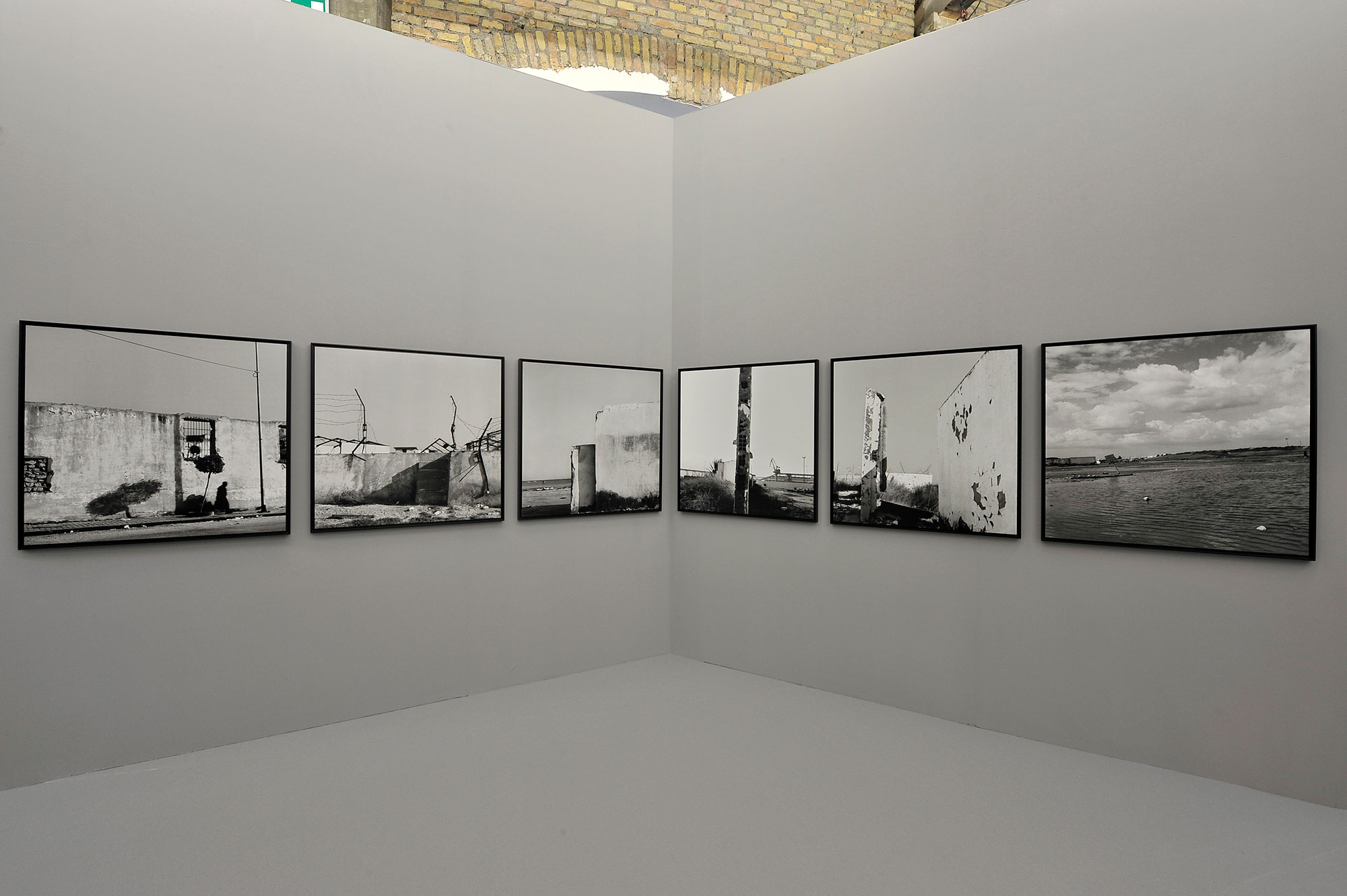On the path of contemporary Tunisian art
Khadija HamdiCONTEMPORARY PRACTICES Art Journal
Essay – 2011
(…)Photography and sound installations are eminent media in the work of Mouna Karray, which often make use of video. Her art intends to focus on issues of identity, borders, loss and memory. (…)

(…) Born in 1970 in Tunisia, Mouna Karray studied film and photography in Tunis and then in Tokyo. In Tunisia, the artist has taught photography and curated exhibitions. She exposed her art in the Art Center of Rades (Tunisia) in 2004, at the Cité Internationale of Arts (Paris) in 2005, and the Civitella Ranieri Foundation (Umbria, Italy) in 2007. Mouna Karray participated in many group exhibitions: at the Museum of the City of Tunis in 2006, the Museum of Modern and Contemporary Art in Algiers in 2008, the Museum of Quai Branly in Paris in 2009, at the Palais des Beaux Arts in Brussels and the Ecole Nationale Superieure des Beaux-Arts in Marseille in 2010. She has also shown her work at international events in Europe and Africa, such as African Photography Encounters in Bamako, the 30th Biennale de Pontevedra in Spain and the 2nd Biennial Lubumbashi, Democratic Republic of Congo. Photography and sound installations are eminent media in the work of Mouna Karray, which often make use of video. Her art intends to focus on issues of identity, borders, loss and memory. Her stay in Japan in the 90’s was the starting point of a series of photos entitled “Au risque de l’identité” seen as risktaking for the artist : danger of substitution and identity loss. Mouna went far away to look for what is near. This also aroused the astonishment of her mother who asked her why she went to Japan to take pictures, when she could have achieve the same ends staying home. But as Walter Benjamin denounced: “We must reach the furthest to reach the nearest” and this is probably where the search for Mouna Karray came from.
This work, presented in diptych, consists of meeting a woman, seeing her world, taking pictures of her and then substituting her by wearing her clothes, adopting her posture and gestures, and finally being photographed. In this game of substitution the artist breaks the border that has separated her from the other, entering their world at the risk of getting lost. “I take the risk to go as far as possible in the identity of the other, through this shift, I put into play the two identities, I am confused, I am the other.” With the approach of these photos it seems that the artist seeks a resemblance between the two portraits, but she finally focuses on the difference. Beyond simple portraits, the objective of these photos is to highlight the issue of identity: the identity of self and the identity of the other, which remains uncertain, suspended between the two ‘snapshots’, false and yet necessary. The picture here is a fresh look at a ‘fault sensitive’ identification, which imposes a permanent part of the heart on a project that is perpetually open. Besides the question of identity, this work re-initiates the discussion around the borders, limits, passages, dualities and otherness, which made the universal dialogue impossible.
The artist continues her reflection about borders through sound media accompanied by text; in “object on the shore” she addresses the issue of the border and memory by presenting an image of an object found by chance, having faded writing meaning “Cornish songs”. While in another work, “at the risk of identity”, there is first, a chanted recitation of the Koran, interrupted by external noises of daily life (street, noise, questioning voices and fumbles, barking dogs.) and Arab songs (the songs of Abdel Halim) and another interruption by the radio, culminating in a recital of the Koran. The sounds become embedded in one another and the idea of the shore echoes the broken borders. Does these reflects a desire to break with the borders established or she want to recompose the fragments caused by cultural differences, in order to achieve unity? At the first approach, many features (including technique, medium and the starting point of each) seem separate the two works, yet looking again, we see that one echoes the other. Indeed, the artist who enters the world of others is installing it without embarrassment or hesitation, referring to the sound of the band that come together and mixes, breaking all barriers. This perspective is not about to fragment the world but to return it. “An object on the shore” is the remnant moving away from the borders, it is also the object that refers to memory as it was found by chance by the artist, it acts as the ferryman who offers the discovery and, revelation, and yet remains behind to ensure transmission and allow the work of memory.
When she wants to transmit a message, Mouna continues her work persistently. It is renewed in a series of photos titled ‘Murmurer’, which reflect recurrent themes in her work: boundaries, limitations and memory. The photos show fragments of walls located in an abandoned area in Sfax (Tunisia). This is a port area containing phosphate plants, which were closed by the state in 1991 because of the high levels of pollution they generated. Before being totally destroyed in 2008, this area remained abandoned and prohibited, and all that had resisted were enigmatic fragments of crumbling walls of a place torn between a tragic past and a sometimes uncertain future. This architectural complex is haunted by memory, absence and emptiness. The interest of these walls is their ambiguity, which is torn between strength and fragility : they embody the life and pain of the place, the good and the bad. Transformed into social and human tragedy, these photos question and probe the proper vulnerability of humans facing temporal hazards and the torments of life. Mouna Karray has a burning need to preserve such memories. These works meet each other to become a memorial of places and people, while generating questions of identity and culture.
The four artists mentioned in this article share their Tunisian origin, but they all have their own artistic creation which is not related to a particular geographical context or a precise origin. Their language reflects their aspirations while maintaining a rule accessible to every human being regardless of their history and origin. The view of artists in general should remind us that it is dangerous to lock oneself in a unique pattern and established truths.
This article addresses some contemporary art in a specific geographical context, namely Tunisia, but the goal is to break boundaries in order to establish oneself on the international art scene. This is what defines an artist beyond his/her origins, it is how he/she envisages the world through a particular identity.
Khadija Hamdi obtained her two Masters degree in the art market in Paris (EAC) and in history of art at the Sorbonne. Currently she is studying towards her PhD. in Art history at the Sorbonne. Her experience ranges from working in galleries, museums and art institutions, in Paris, London, and Tunisia. She is also advising private collectors and organizing/curating
independent exhibitions aside from teaching at the university.



